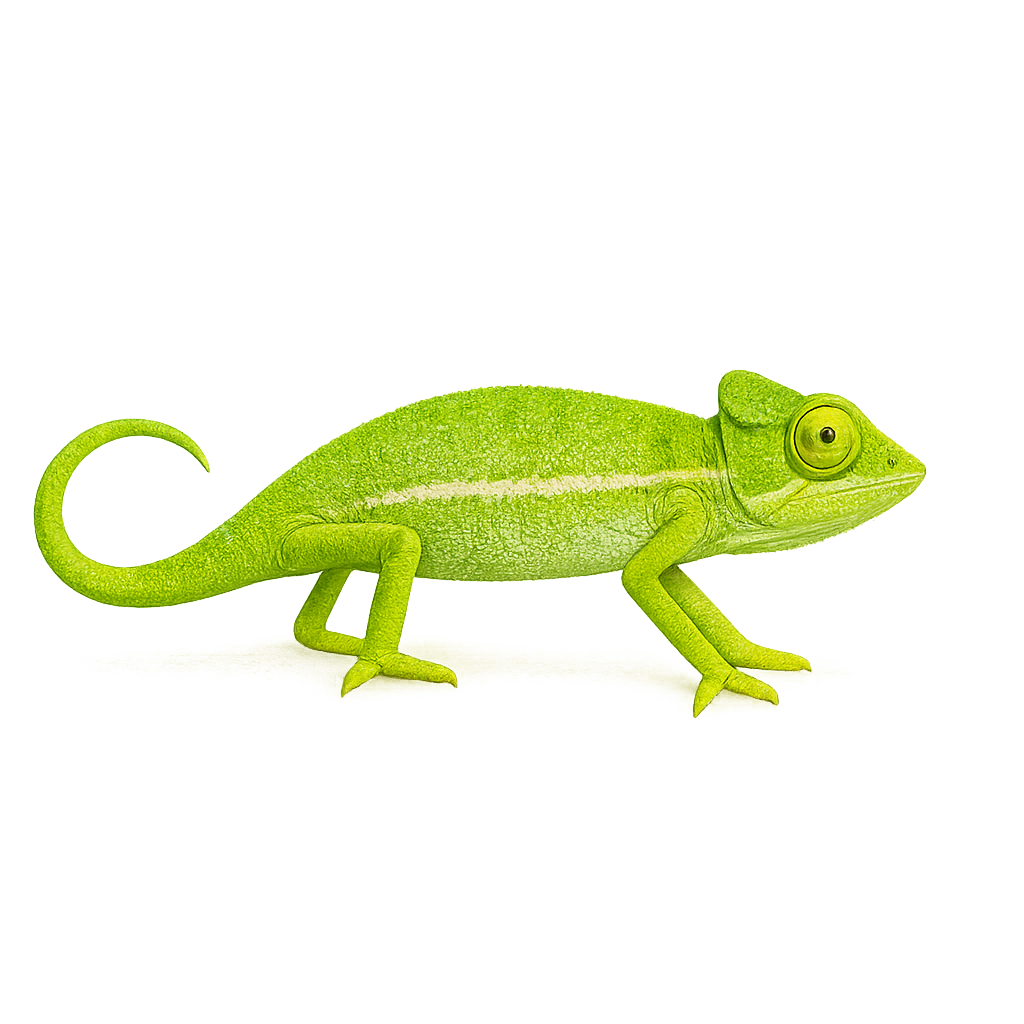Your wildlife photography guide.
Explore the short-nosed chameleon in detail, study its behavior, prepare your shots.
Where to observe and photograph the short-nosed chameleon in the wild
Learn where and when to spot the short-nosed chameleon in the wild, how to identify the species based on distinctive features, and what natural environments it inhabits. The WildlifePhotographer app offers tailored photography tips that reflect the short-nosed chameleon’s behavior, helping you capture better wildlife images. Explore the full species profile for key information including description, habitat, active periods, and approach techniques.
Short-nosed Chameleon
Scientific name: Calumma gastrotaenia

IUCN Status: Least Concern
Family: CHAMAELEONIDAE
Group: Reptiles
Sensitivity to human approach: Suspicious
Minimum approach distance: 3 m
Reproduction period: December to February
Incubation: 180–240 jours
Births: July to September
Habitat:
Rainforests, montane forests
Activity period :
Active during the day when temperatures are favorable, often seen basking in the sun.
Identification and description:
The Calumma gastrotaenia, known as the Short-nosed Chameleon, is a chameleon species endemic to Madagascar. This reptile is notable for its modest size and vibrant coloration, often green with lighter lateral bands. It primarily inhabits the humid forests of the island's east, blending seamlessly into the dense foliage. This chameleon is a master of camouflage, using its ability to change color to protect itself from predators and communicate with peers. Its tongue, extremely long and fast, allows it to capture insects with remarkable precision. Though discreet, it plays a crucial role in the ecosystem by regulating insect populations.
Recommended lens:
Macro – adjust based on distance, desired framing (portrait or habitat), and approach conditions.
Photography tips:
To photograph the Short-nosed Chameleon, it is advisable to use a macro lens to capture the details of its skin and changing colors. Approach slowly and avoid sudden movements to prevent scaring it. The natural light of the morning or afternoon is ideal for highlighting its colors. Be patient and wait for it to move or change color to get dynamic shots. A tripod can be useful to stabilize your camera and achieve sharp images.
From knowledge to field practice
A species profile helps you understand an animal. In the field, the challenge is often different. Remembering your own observations.
The WildlifePhotographer app allows you to:
• record your personal observations
• note locations, dates, and behaviors
• revisit your field references over time
• build a private and long-term field logbook
The app does not provide observation locations.
It helps you organize what you actually observe, with respect for wildlife.

